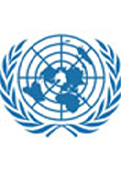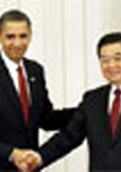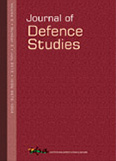Public Finance and National Security: Deficit Reduction and the American Military in a Time of Diminished Resources
The United States faces a budget crisis of proportions with no precedent in its recent history. The country’s economic dominance since the end of World War II has supported a military posture with global reach and influence.
- Peter Maher
- February 24, 2011













